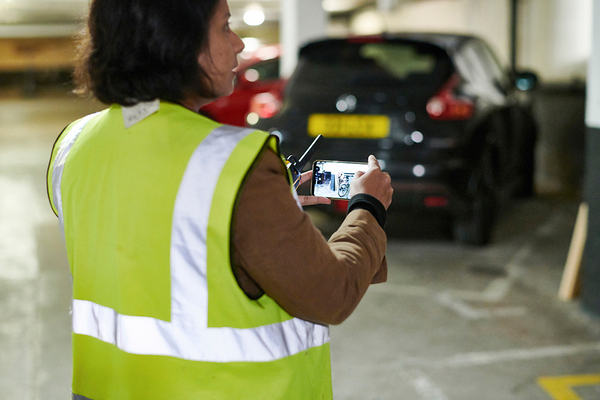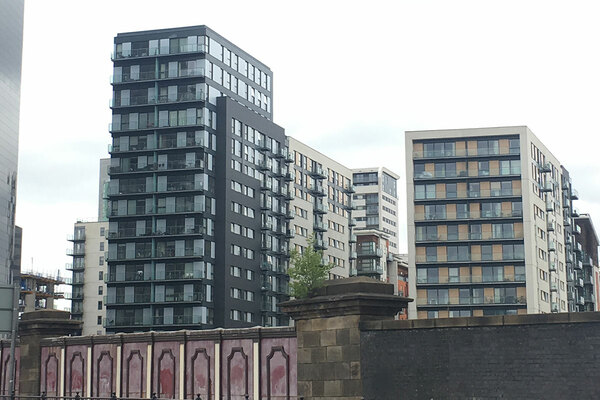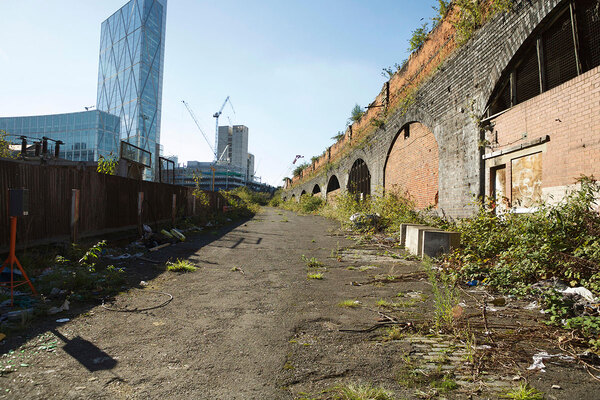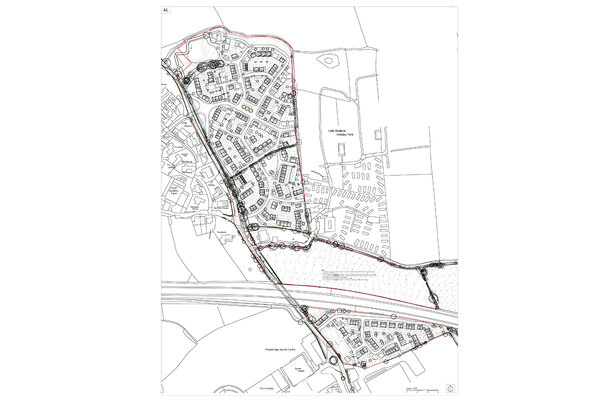You are viewing 1 of your 1 free articles
Leaseholders paying more than £11,000 a month for waking watch, MHCLG analysis says
Leaseholders living in blocks with dangerous cladding are paying more than £11,000 a month between them for waking watch patrols, new government figures have shown.
Analysis by the Ministry of Housing, Communities and Local Government (MHCLG) of blocks with dangerous cladding across the country has revealed that the median average each block is paying for the patrols is £11,361 a month. The figure paid by each individual leaseholder is £137 on average.
However, the monthly figure increases to £17,897 per block when you take the median average and £331 per leaseholder.
A waking watch is a measure that is required when the presence of dangerous cladding or fire safety issues means the evacuation policy on a block changes from stay put to simultaneous evacuation. This change requires fire marshals to patrol blocks 24 hours a day looking for signs of fire.
It was brought in as a temporary measure following the Grenfell tragedy for blocks that had seen their evacuation policy change.
However, in many cases it has remained in for a number of years since the Grenfell tragedy, costing leaseholders thousands. Some blocks have spent up to £250,000 on the service since Grenfell.
The overall median average for waking watch costs per block is pushed up by London, with London leaseholders paying an eye-watering £15,641 a month on average, and £256 per leaseholder. When measuring the mean average this figure hits £20,443 per month, and £499 per leaseholder.
For the rest of England, the median figure is £10,929 per block, or £116 per leaseholder, and the mean is £15,279, or £179 per flat.
The government data was provided by a number of groups including the Association of Residential Managing Agents, Greater Manchester Fire and Rescue Service, and the National Housing Federation. According to MHCLG, the data for the average monthly waking watch per building was based on averages across 71 buildings, while the average cost per dwelling was based on data from 65 buildings.
However, there is no information on the size of the buildings in which data was taken, or number of waking watch staff on each block. Larger buildings with more staff will have a much higher monthly bill than smaller blocks.
This is also why the median is a better measure of the average, as the data can be skewed by a small number of large buildings.
The hourly rate for one person carrying out a waking watch patrol ranged from £12 to £30 an hour per block. According to the data, the median rate is £13.99 per hour for a block compared to a mean rate of £15.88.
For blocks paying £30 an hour that would be the equivalent of paying around £22,320 per month for a waking watch service.
The hourly rates per person were provided by 44 buildings.
The use of waking watches has been highly controversial since it was introduced by the National Fire Chiefs Council (NFCC) as a way of keeping residents safe temporarily while dangerous cladding remained on their buildings. However, as dangerous cladding has been discovered on an increasing number of blocks, the use of waking watches has grown.
Last month the NFCC published new guidance on waking watches, stating that residents could carry out their own waking watches in a bid to reduce costs. However, there are concerns that this could be impractical because of requirements from building insurers.
There are other temporary measures that blocks can put in place while dangerous cladding remains, including a common fire alarm system. The data has one case study which found that the full cost of the installation of a fire alarm system would be exceeded by a waking watch service within seven weeks.
Inside Housing’s End Our Cladding Scandal is calling on the government to cover the costs of interim fire safety measures and rapidly install safer and more permanent interim measures, such as sprinklers and fire alarms, in affected buildings.
An MHCLG spokesperson said: “The lack of transparency around Waking Watch costs and its duration is causing leaseholders’ great distress. The extortionate figures revealed today are completely unacceptable, which is one of the reasons why we have asked the Competition and Markets Authority to step in where leaseholders report unfair practices. We will also be pushing the case with insurers for leaseholders who have received the proper training to be able to undertake Waking Watches themselves and avoid these costs.”
10 steps to End Our Cladding Scandal
Based on the recommendations of the Housing, Communities and Local Government Select Committee and backed by a range of sector bodies and MPs from across the political spectrum, these are Inside Housing’s 10 steps to End Our Cladding Scandal:
- The government must lead an urgent national effort to remove all dangerous cladding from buildings by June 2022.
- The Building Safety Fund must cover all buildings, regardless of height, and a range of internal and external fire safety defects, not just cladding.
- The government should provide the money up front and then seek to recover it from any responsible parties or via a temporary levy on development.
- Social housing providers must have full and equal access to the fund.
- The government must compel building owners or managers to be honest with residents about fire safety defects.
- The government should cover the cost of interim safety measures.
- The government should act as an insurer of last resort and underwrite insurance where premiums have soared.
- A fairer, faster process is needed to replace the EWS form and funding is necessary to ensure all buildings requiring a form are surveyed within 12 months.
- Mental health support must be offered to affected residents.
- Protecting residents from historic and future costs must be a key commitment of new building safety legislation.
Sign up for Inside Housing’s weekly Grenfell Inquiry newsletter
Each week our sister publication Inside Housing sends out a newsletter rounding up the key news from the Grenfell Inquiry, along with exclusive analysis of what it all means for the social housing sector.
Already have an account? Click here to manage your newsletters












